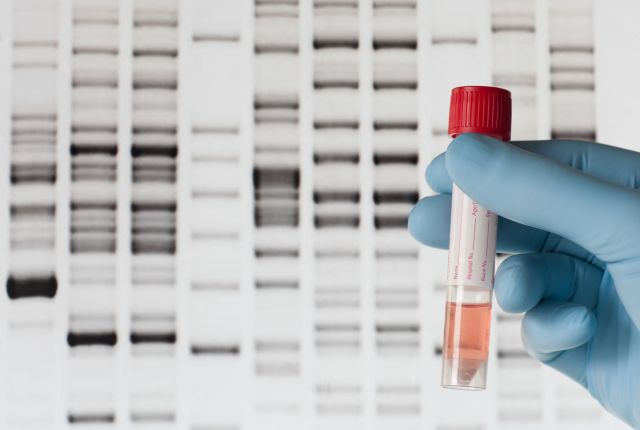FLT3 mutation analysis is one of numerous tests used in the diagnosis of acute myeloid leukemia (AML). AML is the most common form of leukemia in adults and the FLT3 gene mutation affects roughly one-third of people who have this type of blood and bone marrow cancer. To perform this test, a healthcare provider will collect a sample of blood or bone marrow, which will be sent to a lab for analysis.
If you or a loved one has AML with an FLT3 gene mutation, below is a list of questions and topics to discuss with your healthcare provider.
What type of FLT3 mutation was found?
FLT3 mutation analysis looks for two main types of mutations to the FLT3 gene—internal tandem duplications (FLT3-ITDs) and tyrosine kinase domain (FLT3-TKD). FLT3-ITD is the more common of the two. There will also be tests for other mutations that commonly occur alongside FLT3 mutations—such as NPM1 mutations and mutations to the IDH1 and IDH2 genes. Co-occurring mutations can be a factor in prognosis and treatment options.
Does this mutation affect prognosis?
Prognosis is an estimate of the likely course of the cancer—how likely the cancer is to respond to treatment, how likely a person is to recover, how likely the cancer is to recur after treatment.
If you are searching for information about FLT3 mutations, you are likely to read somewhere that FLT3 mutations (specifically, FLT3-ITD mutations) are associated with worse prognoses—including a higher occurrence of relapse and shorter periods of remission. However, FLT3 mutations are not the only factors that determine prognosis, and there are many others.
Learning that you have a gene mutation associated with relapse can be distressing. But knowing this information ahead of time allows you and your healthcare providers to build a treatment plan that accounts for a higher likelihood of relapse.
Does this mutation affect treatment options?
Having an FLT3 mutation may also mean that the cancer can be treated with targeted therapies. An FLT3 gene mutation results in cancer cells that use FLT3 proteins to grow. Targeted therapy called FLT3 inhibitors are able to block this protein, reducing the cancer’s ability to grow and spread.
Also, if you are experiencing distress after learning about any test result, talk about it with your healthcare providers. Living with AML is challenging, and mental health should be a priority when living with any form of cancer.
What other factors need to be considered?
It’s important to keep in mind that FLT3 mutations are only one factor to consider when making treatment decisions. AML is a complex disease with more than two-dozen different subtypes and many different factors that can make each case different from the next. These include many factors about the person with AML who is being treated, including their age and their overall health—which are very important when considering treatment approaches like more intense chemotherapy and allogenic stem cell transplants.
AML is a complex disease that varies from person to person, and your best source of information about your diagnosis will be your healthcare team. Ask questions about the diagnostic tests being ordered, the results of those tests, and the treatment options that are recommended.
Also ask your healthcare team about new developments in treating AML—research into AML and its many subtypes is ongoing, and new approaches to treatment are under development.






